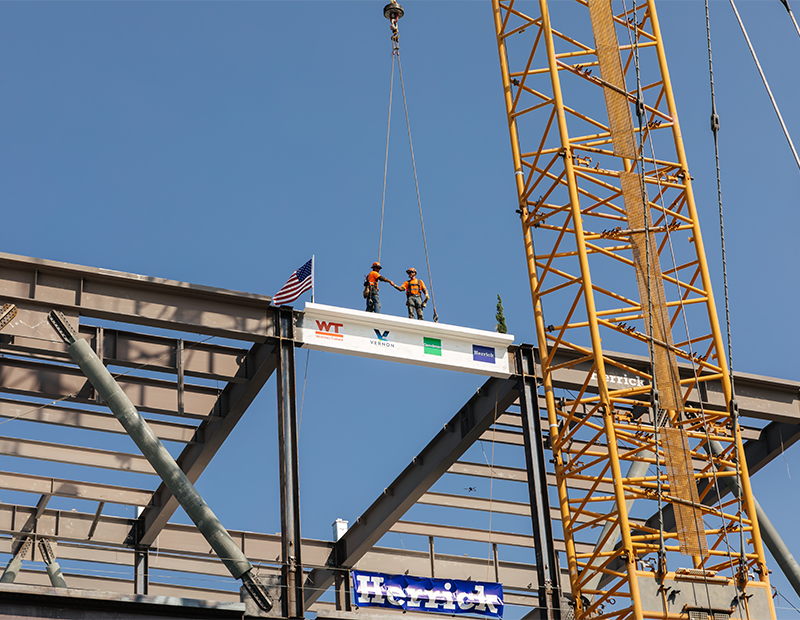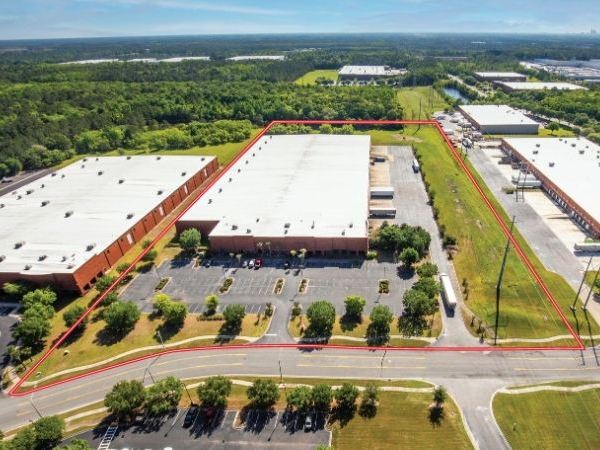CMBS Resilience Faces a Big Test
Insights from Yardi Matrix's Paul Fiorilla on the biggest turning point in a decade for securitization.

Paul Fiorilla, Director of Research, Yardi Matrix
With lending mostly curtailed, weak demand for all but the highest-rated bonds, and warts in its loan servicing system coming to the fore, CMBS has been dealt a hard body blow.
In the wake of the shutdown of the economy prompted by COVID-19, CMBS spreads widened, which increased the cost of capital for securitization programs and made them less competitive. That volatility has made lenders reluctant to originate and warehouse loans that have an uncertain exit.
Meanwhile, the loss of income from tenants of commercial properties, especially hotels and shopping centers, increased forbearance requests and missed loan payments. That highlighted CMBS’ longstanding sore point with borrowers: a more complicated servicing process compared to portfolio lenders’ typical process.
The consolation is that the industry has proven to be resilient in its short history, adjusting to meet new demands from stakeholders after previous setbacks. How it adapts to today’s conditions and how much market share it captures are questions that must be answered.
Well-Traveled Road
The market has been down this road before. The first major disruption for CMBS came in 1998, when Russia defaulted on its bonds and spreads of all fixed-income products widened. CMBS lenders were left with billions of dollars of loans on the books that were suddenly devalued and B-piece buyers (investors in junior CMBS classes) went bust after lenders made margin calls on short-term lending facilities. The 1998 crisis drove home how much CMBS was dependent on larger market forces, not just the performance of real estate. The lessons learned included the need to effectively hedge warehoused loans prior to issuance and for a better funding structure for B-piece buyers.
The 9/11 terrorist attacks created a short-term disruption to the economy. CMBS activity waned, as investors were reluctant to buy bonds backed by potential terrorist targets unless they were assured to be made whole. In 2002, that was addressed by the passage of the Terrorism Risk Insurance Act, which created a federal backstop for insurance claims that result from terrorism.
CMBS grew steadily before being undone again in the global financial crisis in 2008. Lending standards had deteriorated to include the widespread use of pro-forma underwriting that assumed property income would rise indefinitely. Between 2008 and 2010, a combined $26.5 billion of CMBS was issued—barely one-tenth of the $228.6 billion total floated in 2007 alone, according to Commercial Mortgage Alert.
The post-financial crisis period brought about plenty of change to the industry, among them:
- the need for rating agencies to better stress collateral in their models;
- the end of B-piece resecuritizations, which enabled the first-loss investors to offload risk and took away incentive to scrub loan pools for quality;
- Dodd-Frank and other reforms that required issuers to hold 5 percent of bonds they issued to ensure that they have skin in the game;
- and more transparency about loan performance and documentation to boost investors’ confidence.
The financial crisis also demonstrated the importance of government support, as the Federal Reserve’s decision to purchase CMBS through its Term Asset-Backed Securities Loan Facility, known as TALF, helped to create liquidity when prices were in free fall.
Surviving the Pandemic
Heading into 2020, the CMBS market was in good shape. Since 2013, nearly $600 billion of CMBS has been issued, an average of $85.5 billion per year, with a cycle high of $97.8 billion in 2019, according to Commercial Mortgage Alert. The percentage of loans 30-plus days delinquent was barely 2.0 percent in March, the lowest level since 2008, according to Trepp.
COVID-19 changed everything. Spreads of 10-year AAA CMBS rose in late March to 337 basis points over swaps, from 74 basis points a month earlier, CMA reported. Spreads for BBB- bonds topped 1,000 bps over swaps, up from 275 bps earlier in the year. Prices recovered to some degree after the Federal Reserve announced that it would purchase some types of CMBS again via TALF. Senior 10-year CMBS spreads fell to 144 bps and BBB- spreads fell to 834 bps as of May 13, according to CMA.
Weak investor demand complicates new originations. Lower bond prices means that securitization programs have to originate loans at very high coupons to make a profit. New originations have slowed because CMBS shops don’t want to get stuck with loans they can’t sell at a profit. Investors are picky about what they buy. Loans backed by retail or hotel properties are out, which means that conduit pools are less diverse. Investors will buy single-asset single-borrower deals if they approve of the borrower’s financial strength.
New issuance consists mainly of niche deals. For example, J.P. Morgan, Deutsche Bank and Goldman Sachs priced a $794.1 million transaction this month consisting entirely of investment-grade loans. Arbor Realty priced a $727.2 million deal that exclusively comprised multifamily loans. Arbor, a correspondent lender for Fannie Mae and Freddie Mac, took advantage of the pandemic-induced slowdown in lending by the GSEs and others.
While it is an encouraging sign that issuers are finding ways to get niche transactions done, it remains to be seen how long it will take before demand for bread-and-butter deals resumes. Through mid-May, year-to-date CMBS issuance stood at $25.6 billion, slightly ahead of the pace in 2019, but the lack of multi-borrower conduit deals means the market will soon fall behind the activity of previous years.
Servicing Questions
A weightier long-term hurdle for CMBS is how to deal with servicing. With much of the economy still shut down, some tenants are not paying rent, causing many borrowers to fall into arrears on loan payments. In April and May, $19.5 billion of CMBS loans have been transferred to special servicing, bringing year-to-date special servicing volume to $32 billion, according to Moody’s. More than 96 percent of the loans transferred to special servicing since March 1 have been for hotel or retail properties, Moody’s reported.
The question of when to push a loan into special servicing or to grant forbearance has put servicers in a position that few could have conceived of before. According to Moody’s, late payments on loans in multi-borrower CMBS increased to 11.8 percent in May from 8.6 percent in April and 2.6 percent in March. The percentage of conduit loans that missed both April and May payments stands at 3.2 percent, up from 0.3 percent in April.
Requests for forbearance have skyrocketed, which puts CMBS servicers in the position of making selective decisions that before were seen more in black-and-white terms. Not all servicers are handling similar situations alike, which adds to borrowers’ confusion and discontent. Some borrowers are also unhappy about paying tens of thousands of dollars in fees for talking to servicers about matters such as forbearance and lease consents associated with government-mandated COVID-19 closures.
The quality of CMBS servicing as opposed to that of portfolio lenders has always been an issue in the industry. Banks and insurance companies provide more streamlined servicing processes and don’t pass on the cost of loan servicing and administration to the borrower in the form of post-loan funding fees and costs.
The pandemic shows the worst and best of the CMBS market. Transaction volume is dependent on day-to-day market forces, both in commercial real estate and the larger financial markets, and can change on a dime. Servicing is a perpetual headache, as nobody in the food chain wants to pay for high-quality servicing. That means the borrower will have to bear the brunt of this expense. However, the pandemic demonstrates that CMBS will continue to find market niches that are unsupported by other lenders and therefore, perhaps, more risky sponsors and collateral.







You must be logged in to post a comment.